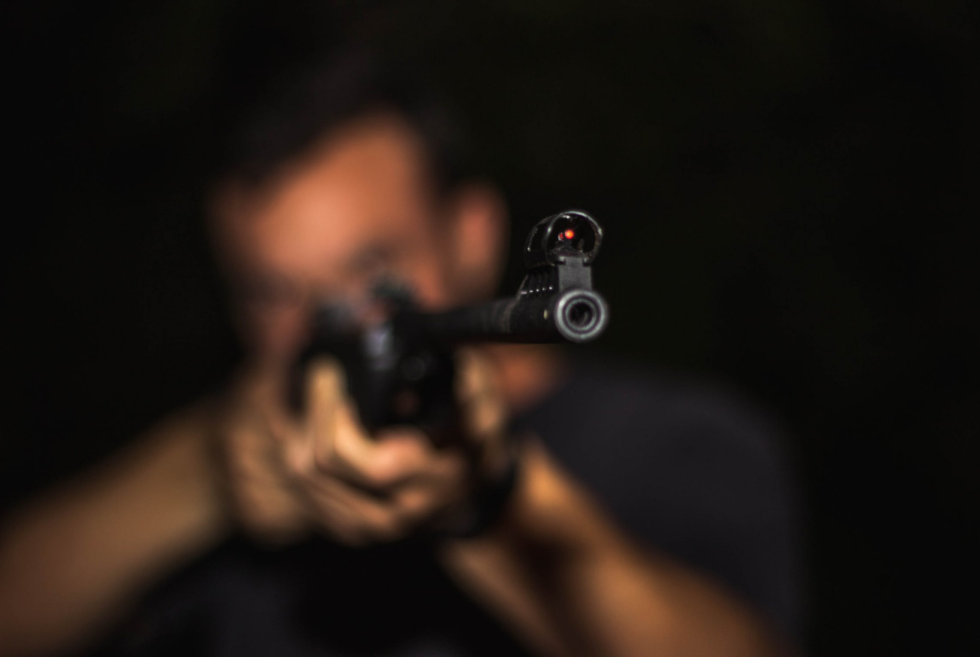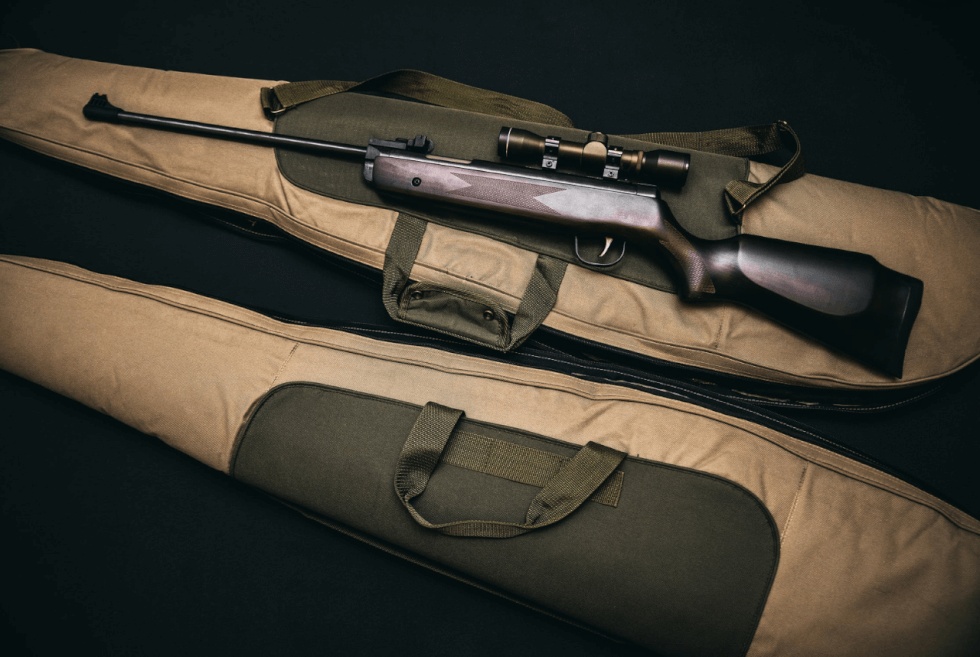
Among the hobbies for men, hunting continues to court controversy due to various reasons. However, those who have knowledge about its history and benefits will say otherwise. Before agriculture became the main source of food, we were hunter-gatherers. As such, mastery of tools and weapons was crucial for survival. Furthermore, taking down the enemy from afar was advantageous in battle.
Even as technology developed more advanced equipment certain skills are still required for success. It does not matter whether you have a bow or rifle, if your marksmanship is bad, you will just be wasting bullets or arrows. Don’t lose hope just yet. Ask any seasoned professional and they will tell you that everyone must start with the fundamentals. Nobody becomes a sharpshooter overnight.
In this guide, we will be sharing some awesome tips used by experts to train soldiers and people in law enforcement. Hopefully, with enough practice and dedication, you will ultimately know how to quickly identify a target and hit the bullseye every time. This will test your patience, but as long as you don’t give up halfway, the results should be oustanding.
Proper gun safety

Before you even think of firing your first shot, it is absolutely vital that one understands basic gun safety. Every firearm is potentially dangerous in the hands of an amateur. Most shops normally have a shooting range available which is normally overseen by a range safety officer (RSO) or range master. Never hesitate to ask for assistance regarding common practices that ensures safety.
- Familiarize yourself with the firearm’s characteristics and handling
- Never point the muzzle at anyone or anything you do not want to shoot
- Don’t load the magazine/cylinder (for revolvers) or chamber a round until you are ready to fire
- Always check if the ammunition is correct
- Keep your finger away from the trigger unless you are ready to shoot
- Learn how to engage and disengage your firearm’s grip safety
Here are some of the rules most gun owners follow to prevent unwanted situations that can jeopardize your safety and those around you as well. Furthermore, treat the gun as if it is always loaded, even when you have properly cleared the chamber and ejected the magazine. Now, that you are aware of the important dos and don’ts let’s move on to the good stuff.
Getting to know your firearm

Earlier, we already listed a tip that tells you to understand how your weapon works. This is essential for any responsible gun owner. Once you have bought your equipment, the retailer will normally provide an overview of the firearm.
If the establishment has a shooting range, they will likely have you test everything before you bring it back home. If you’re lucky, some shops will even throw in some free ammunition on top so you can get a feel of how it handles. Use this opportunity to ask all the questions you might have and learn how to aim properly.
Aiming down sights
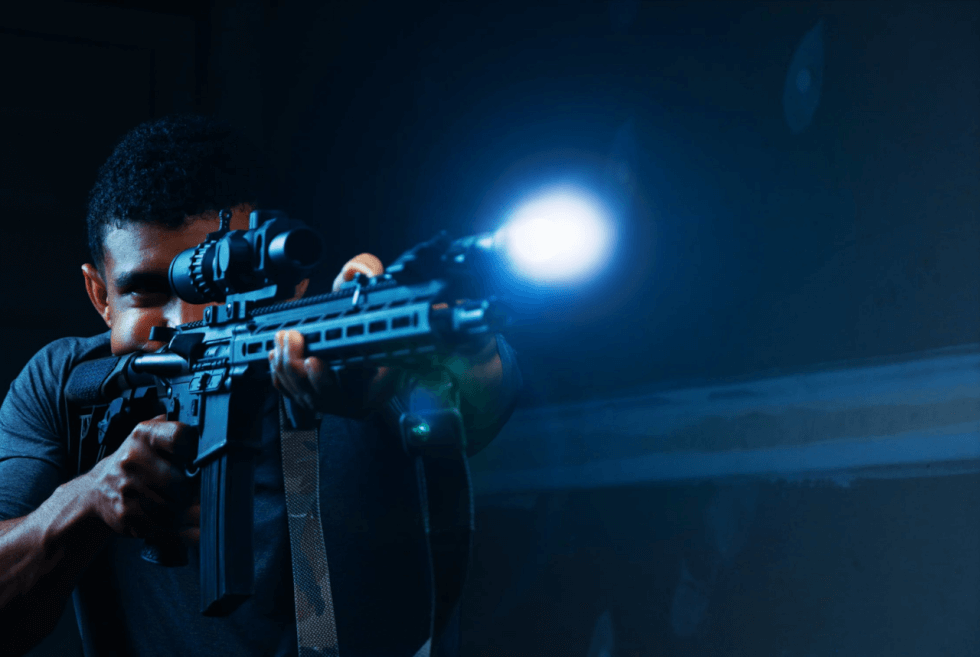
Admit it, most of you who are reading this have played first-person shooters. No matter how straightforward it seems during gameplay, weapons have their own nuances that will become familiar to you after some practice. Furthermore, external factors such as distance, wind speed, and wind direction also come into play.
Every make and model have built-in sights or in some cases scopes. Your stock aiming system is serviceable enough to help you hit any target, but there are optional upgrades that can aid in marksmanship.
Not a lot of folks realize it but you can actually attach a scope to almost any firearm. In fact, most compound bows, crossbows, and some slingshots can even equip these add-ons. The concept of aiming should be easy to grasp even for newbies.
Just align the front and rear sights on the target and the projectile (bullet, arrow, or metal balls) should hit where you want it to. Afterward, make the appropriate adjustments if the shot veers in a specific direction to compensate. For more info on what type of aiming accessory works for you, check with your local supplier and test them out at the shooting range.
Additional pointers to improve accuracy
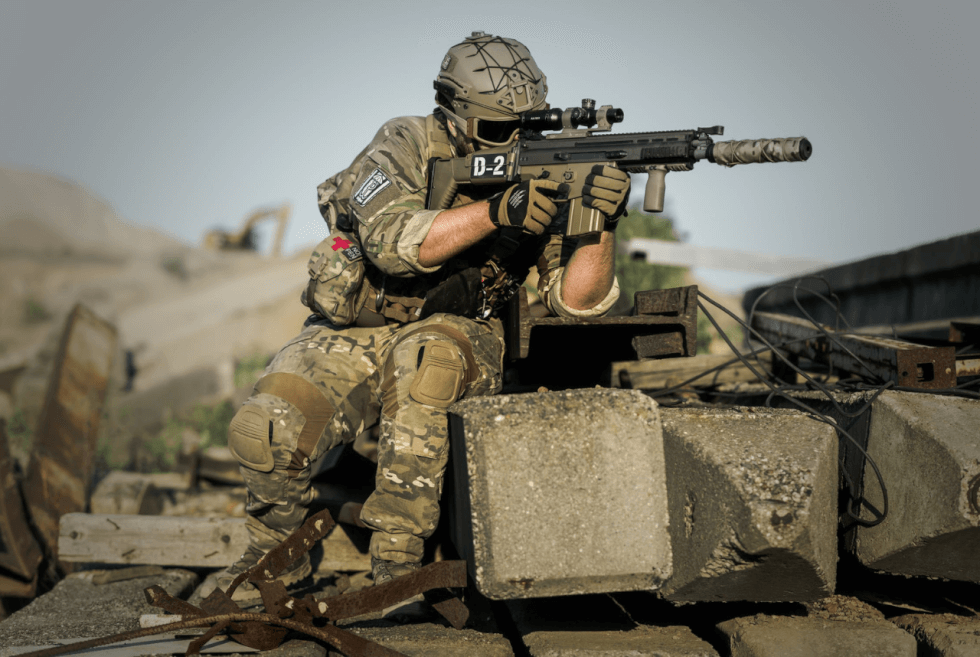
- Keep Your Aim Steady – This could be challenging at the start given the weight of the weapon. With a handgun, hold it with two hands. Shooting with one hand is technically possible, but it’s a technique that requires a lot more practice. For a rifle, many find it easier to aim thanks to the stock. Meanwhile, a bow or slingshot will need more muscle control.
- Expect Noise And Recoil – A lot of people who are handling firearms for the first time are often caught off guard. Aside from the loud bang when the bullet is discharge coupled with the jarring recoil, most would flinch even before they pull they shoot. This eventually fades away as you get used to it.
- Breathing Before Squeezing The Trigger – As we breathe our lungs expand which causes our upper body to move as well. Therefore, most experts recommend that you either take a deep breath, hold it, and pull the trigger. Meanwhile, there are others who prefer to shoot after they exhale.
To wrap up
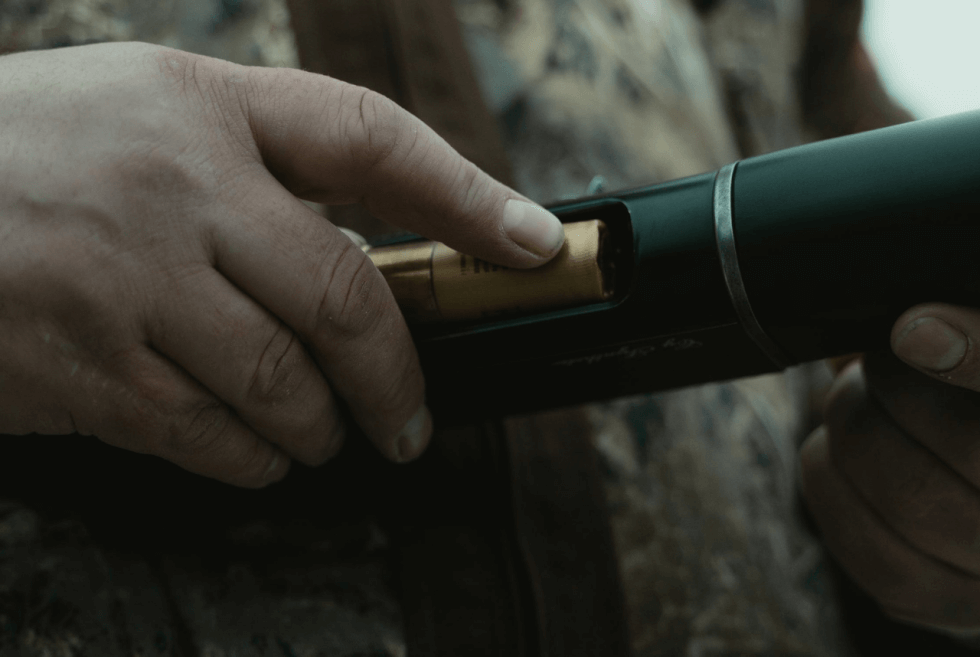
Hopefully, we have supplied all the necessary information to help you become a better shooter. Keep in mind, that marksmanship all boils down to regular practice with a weapon that you are comfortable with. Of course, there are no shortcuts in the process, but the experience and skills that one acquires are priceless.

